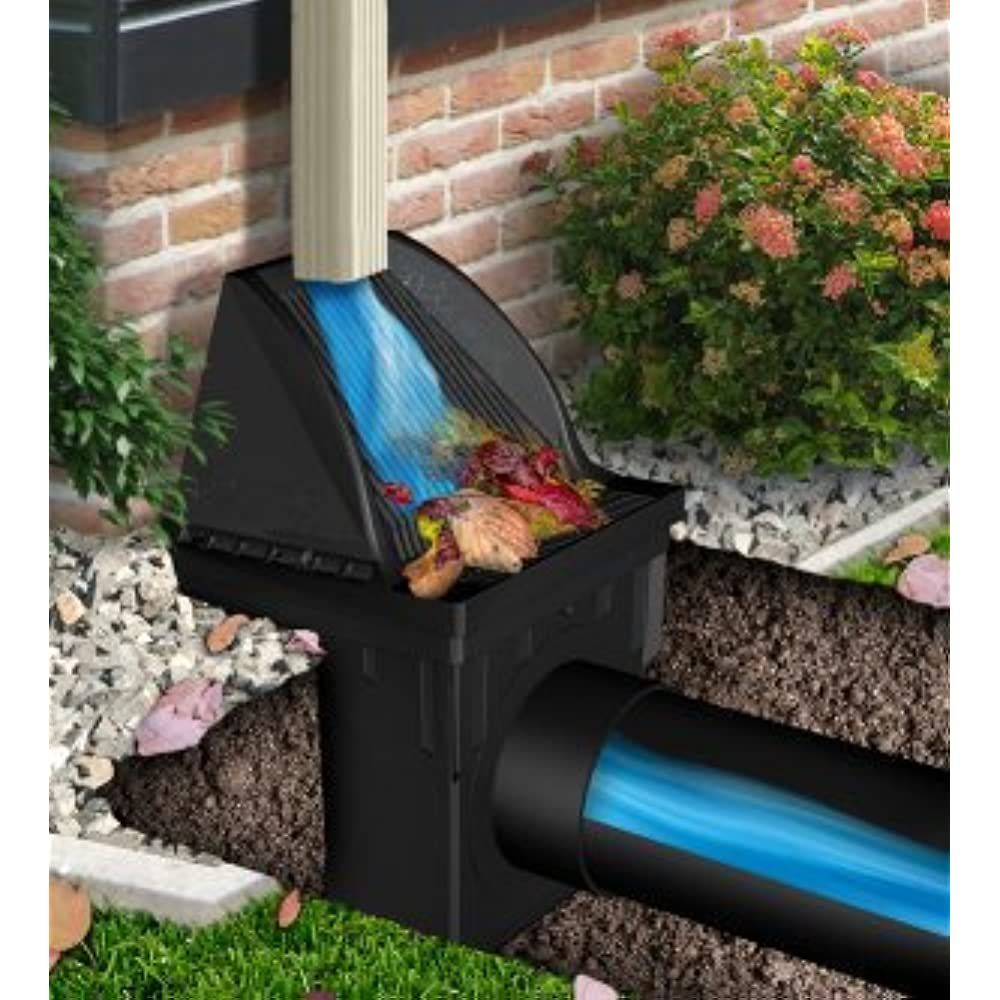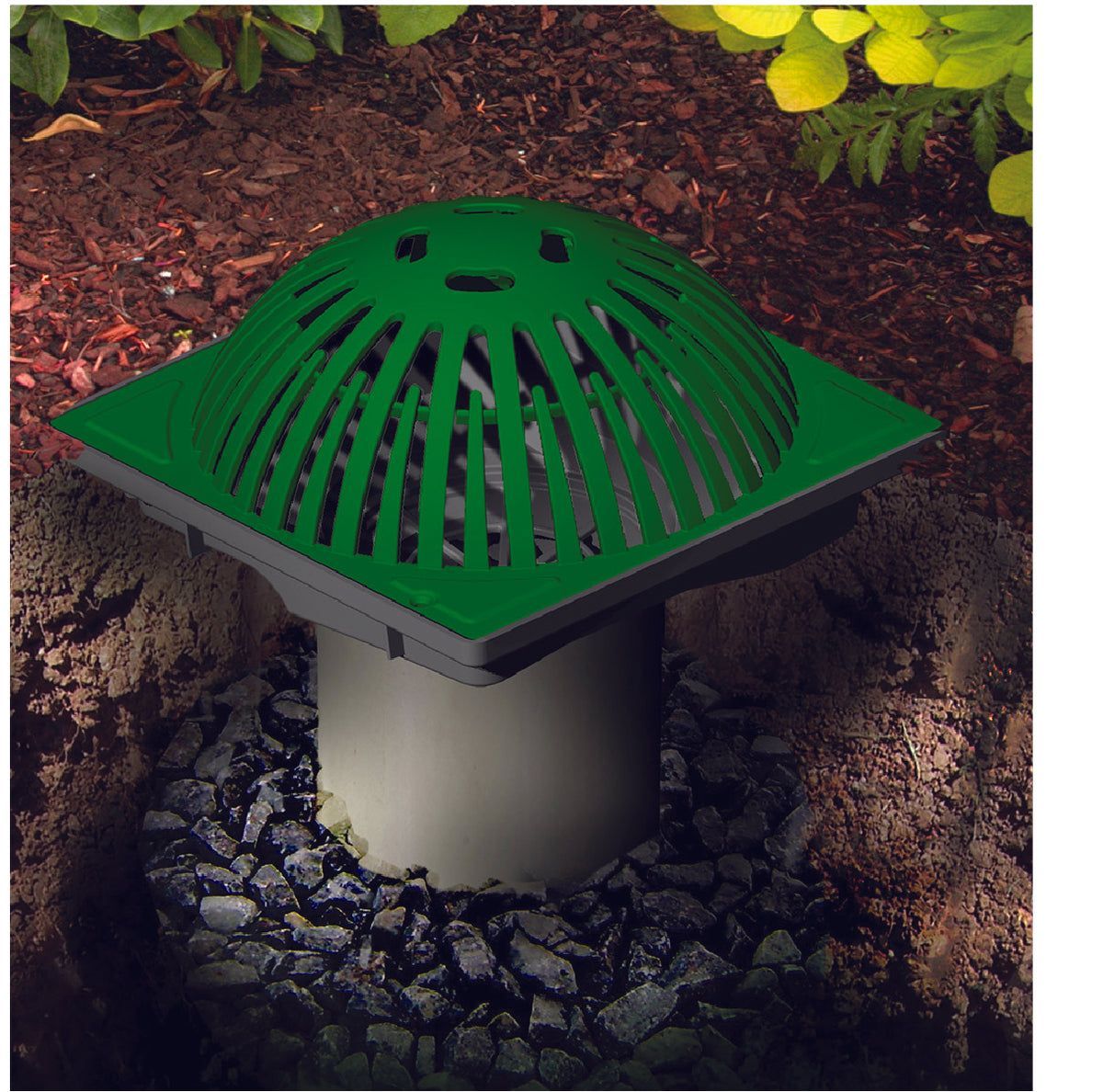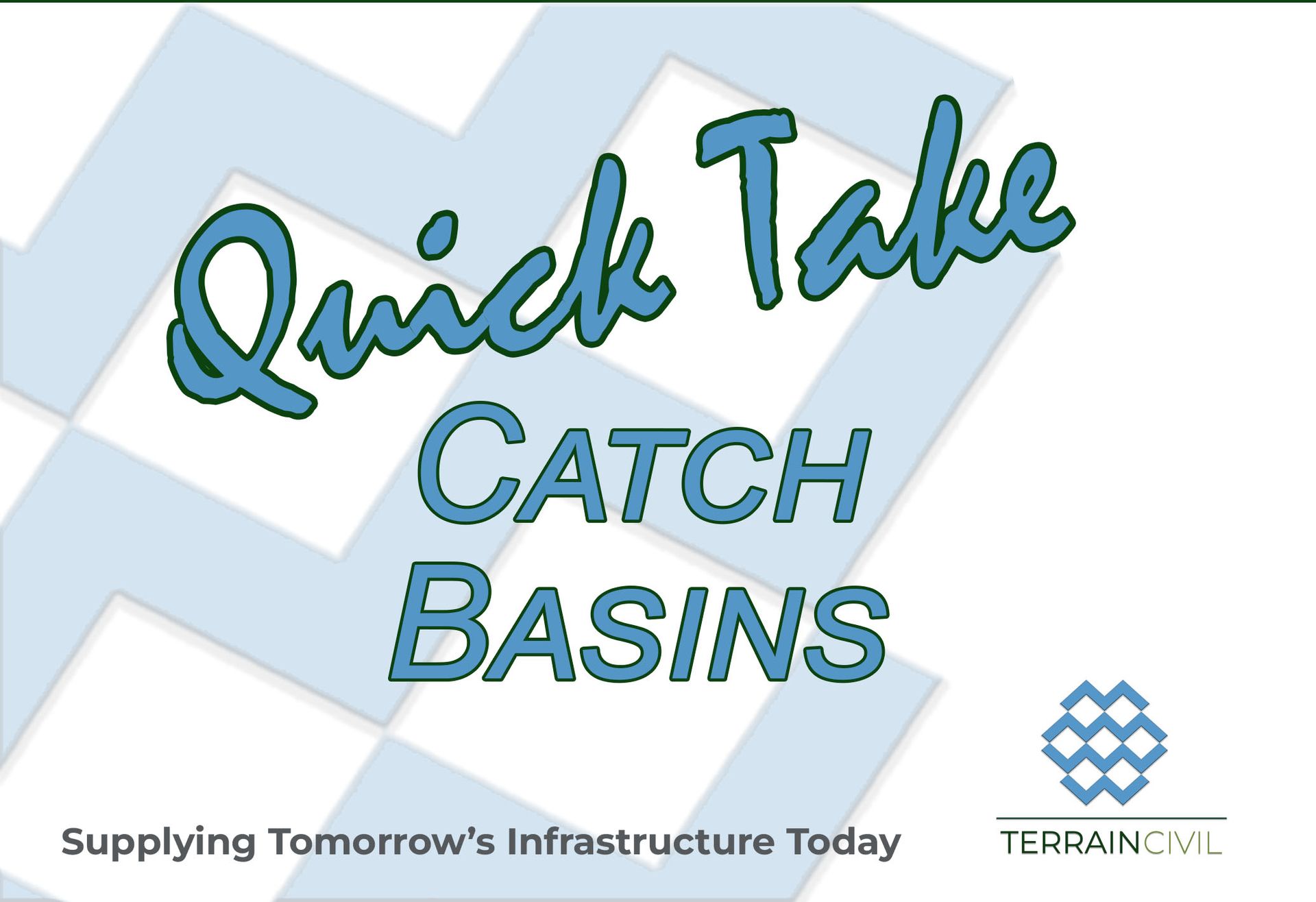TERRAIN CIVIL'S 'QUICK TAKE': CATCH BASINS + EVERYTHING YOU NEED TO KNOW
Jamie Felts • November 17, 2022
Pooling water in your lawn, landscape or hardscape? Catch Basins are an integral part to your overall drainage plan.

A well thought out and effective drainage plan is integral to keeping water out of the wrong places. One of the simplest ways to combat runoff and erosion is by installing a catch basin.
“Great people, great service and quick turnaround on delivery. Highly recommended!” - Tanner
Catch Basins can be placed in a variety of places in your drainage plan. They come in a variety of sizes and decorative grates to best suit your specific needs and aesthetics. Read on to see how simple it can be to add proper drainage to your property.

What Is A Catch Basin and How Do They Work Into My Plan?
A catch basin is a buried diversion device that acts as a reservoir to collect and divert water flow in a drainage plan to prevent flooding. They are an adaptable resource that can be used in a simple one run drainage map or worked into a much larger system.
What Size and Type Grate Is Right For My Project?
Catch basins come in many sizes starting at 9" for residential use and up to 24" or larger for commercial uses. The size is determined by the amount of waterflow that will need to be collected and diverted. We even stock low profile catch basins that do not require much digging.
For the above ground portion of your catch basin, grates come in a variety of shapes, colors, material and styles; each with its own benefit and esthetic. Flat grates can visually disappear in your lawn or landscape and atrium grates offer protection from leaves and mulch debris entering your drainage map. Plastic grates can withstand light to medium foot traffic while the brass and cast iron grates will hold up to the heaviest of vehicular traffic. There are several other specialty grates that can help combat any specific need.

Installation and Maintenance
Installation can be easy for the experienced DIY-er. The basics include digging a pit wider and deeper that your catch basin, filling with a layer of gravel. You will also need to dig a trench for your drainage pipe which will typically daylight into a pop emitter. Once this is installed, the entire open area will need to be back filled with dirt and finished as your lawn or landscape dictates.
Maintenace is important but pretty simple. Debris can work its way into your system causing the runoff to slow and maybe even backing up if the clog is significant. There are options such as filter that can be installed under the grate and inside the catch basin to collect larger clog-causing debris from entering your drainage pipe.
Need More Direction For Your Drainage Issues, Click Here To Visit Our Website or Give Us A Call and See How We Can Help Alleviate Your Drainage Issues!



